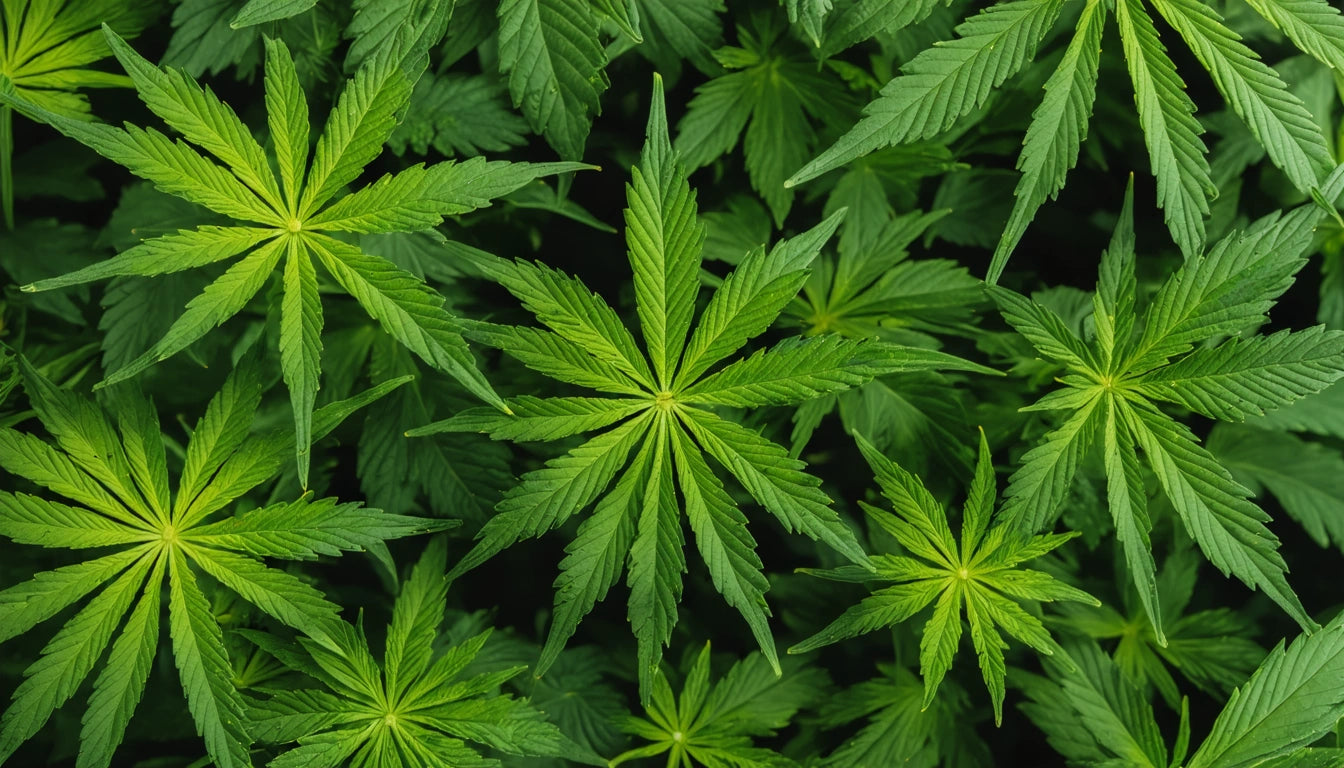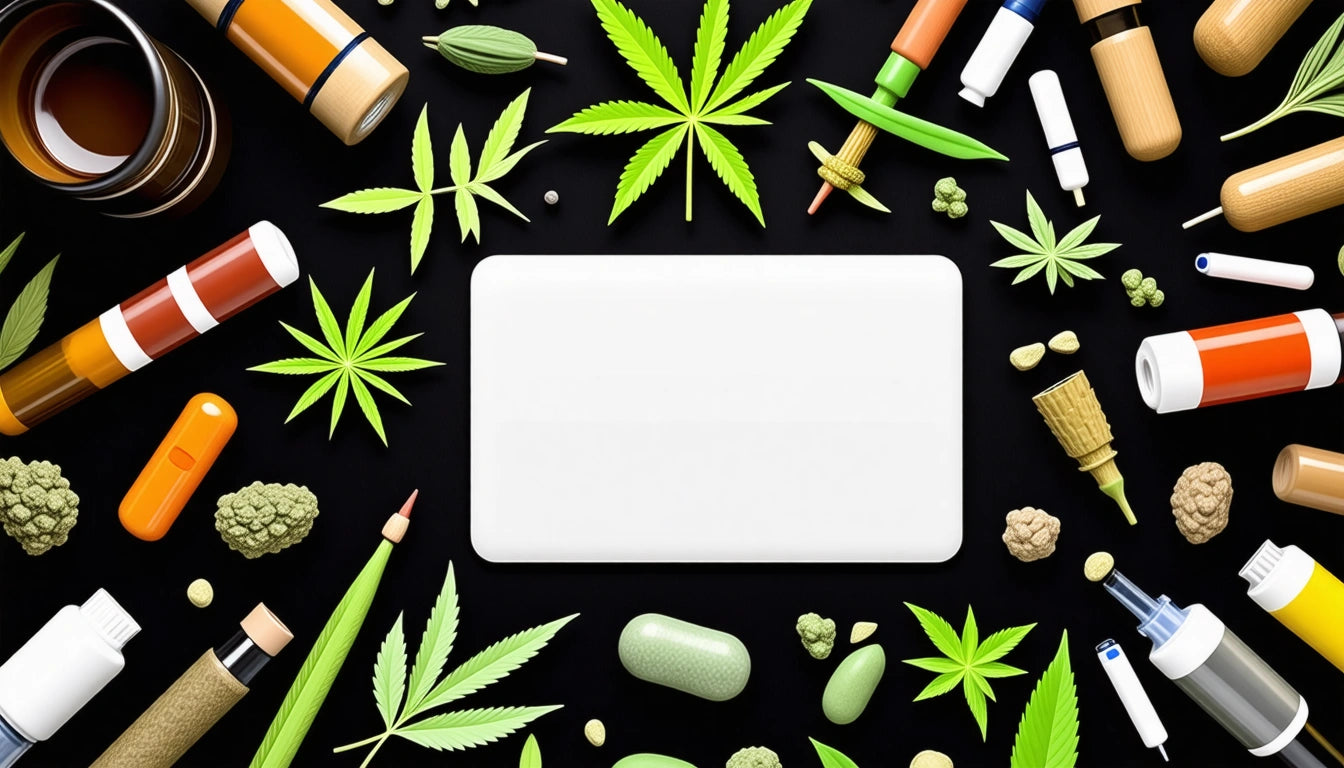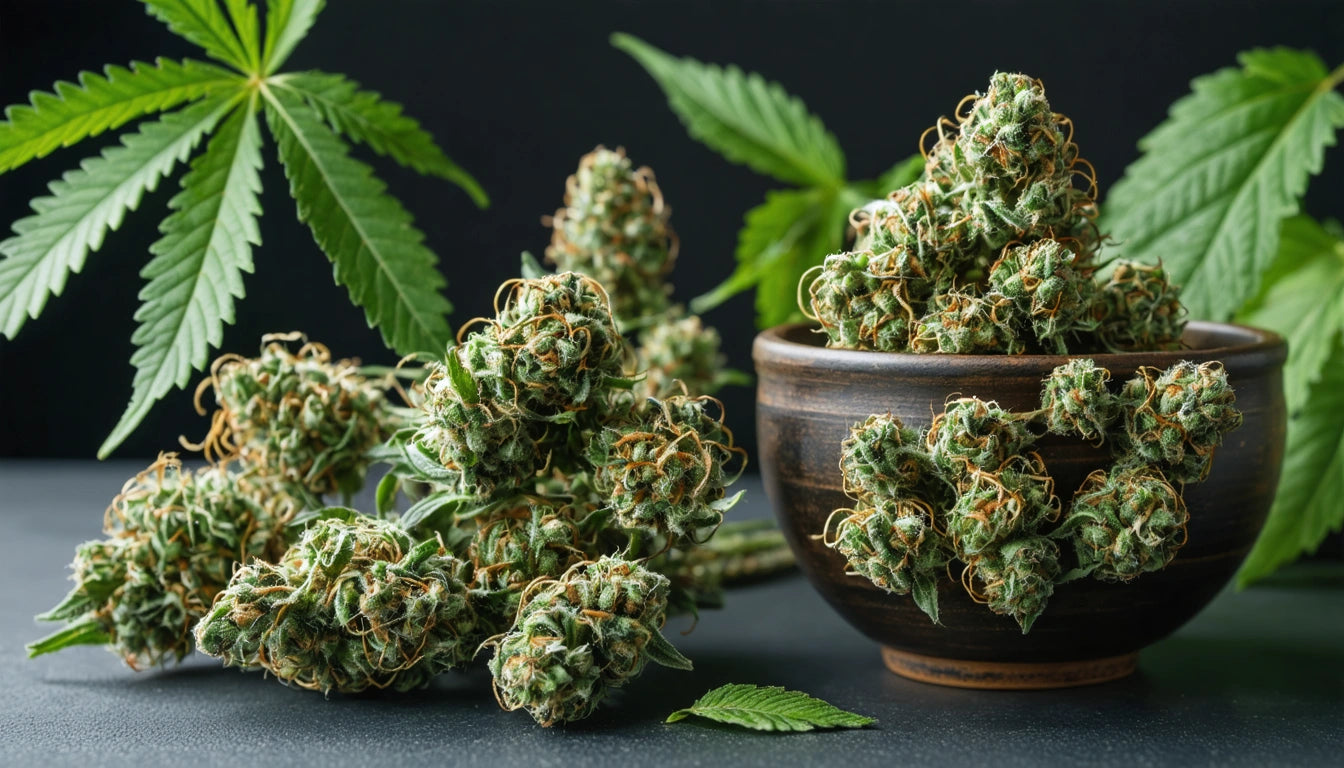Table of Contents
Cannabis flower remains the cornerstone of the cannabis industry despite the rise of alternative consumption methods. Understanding how it moves from cultivation to consumer provides valuable insights for businesses and consumers alike. This comprehensive guide examines the journey of cannabis flower from seed to sale, highlighting key processes and considerations at each stage.
Cultivation Methods for Cannabis Flower
Cannabis cultivation begins with selecting the right genetics for the desired effects, yield, and growing conditions. Cultivators typically choose between three primary growing methods:
Indoor Cultivation
Indoor grows offer precise control over environmental factors like light, temperature, and humidity. This method typically produces the highest quality flower with greater consistency and potency, though at higher operational costs. Indoor cultivation allows for year-round production cycles independent of seasonal changes.
Greenhouse Cultivation
Greenhouse methods balance natural sunlight with supplemental lighting and climate control. This hybrid approach reduces energy costs while maintaining quality control. Modern greenhouse operations often implement automated systems for irrigation, ventilation, and light deprivation.
Outdoor Cultivation
Outdoor grows harness natural sunlight and typically yield larger plants with lower production costs. However, they remain vulnerable to weather conditions, pests, and seasonal limitations. Many outdoor cultivators focus on sustainability practices that enhance soil health and reduce environmental impact.
Harvesting and Processing Techniques
Proper harvesting timing significantly impacts the final product's potency and terpene profile. Cultivators monitor trichome development using magnification tools to determine optimal harvest windows. Most commercial operations harvest in phases, beginning with upper canopy flowers that receive the most light.
Post-harvest processing includes:
- Initial bucking (removing large fan leaves)
- Hanging plants for preliminary drying
- Maintaining controlled temperature and humidity during drying
- Monitoring moisture content to prevent mold development
Precision throughout this stage is crucial, with many cultivators using accurate digital scales to monitor moisture loss during the drying process, ensuring consistent quality across batches.
Trimming and Curing for Quality
Trimming shapes the final appearance and smoking experience of cannabis flower. Commercial operations choose between:
Hand Trimming
Manual trimming by skilled workers preserves trichomes and produces aesthetically superior flower. Though labor-intensive, hand-trimmed flower typically commands premium prices in retail settings.
Machine Trimming
Automated trimming significantly increases processing speed and reduces labor costs. Modern trimmers have improved in preserving flower quality, though most premium products still receive some hand-finishing.
Following trimming, proper curing remains essential for developing complex flavor profiles. This process involves storing trimmed flower in controlled environments for 2-8 weeks, allowing chlorophyll breakdown and terpene development. Unlike other cannabis products such as cannabis beverages or vape cartridges, flower quality can continue to improve during proper storage.
Testing and Compliance Requirements
Before reaching consumers, cannabis flower undergoes rigorous testing for:
- Cannabinoid potency (THC, CBD, and other profiles)
- Terpene analysis
- Pesticide screening
- Heavy metal detection
- Microbial contamination
- Residual solvents (for extracted products)
Testing requirements vary by jurisdiction but continue to become more comprehensive as markets mature. Unlike full-spectrum or isolate products, flower testing focuses heavily on naturally occurring compounds and potential contaminants from the growing process.
Packaging and Retail Presentation
Cannabis flower packaging must balance regulatory compliance, freshness preservation, and marketing appeal. Key considerations include:
- Child-resistant mechanisms
- Oxygen and light barriers to preserve terpenes
- Humidity control inserts for long-term storage
- Compliance labeling with testing results
- Brand differentiation through design elements
Retailers typically display flower in glass containers that allow visual inspection while maintaining controlled environments. Many dispensaries implement smell jars with sealed viewing containers that let consumers examine products before purchase.
Unlike pre-rolls that come ready to consume, flower sales often involve budtender education about strain effects, consumption methods, and storage recommendations.
Market Trends Shaping Cannabis Flower Sales
Several factors continue to influence how cannabis flower is marketed and sold:
- Increased consumer education about terpene profiles beyond THC content
- Growing demand for sustainable and organic cultivation practices
- Premium small-batch and craft cannabis segments
- Integration of technology for strain verification and product information
- Specialized packaging for different consumer segments
While alternative products like topicals and tinctures continue to gain market share, flower remains the foundation of the cannabis industry. Its versatility allows consumers to experience the full spectrum of the plant's effects, making it an enduring favorite despite the proliferation of processed alternatives.
Understanding the complete journey from cultivation to retail helps businesses identify opportunities for quality improvement and product differentiation in an increasingly competitive marketplace.











Leave a comment
All comments are moderated before being published.
This site is protected by hCaptcha and the hCaptcha Privacy Policy and Terms of Service apply.